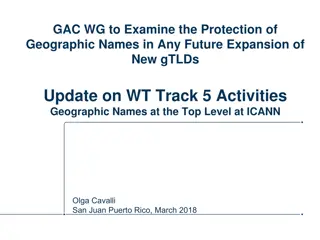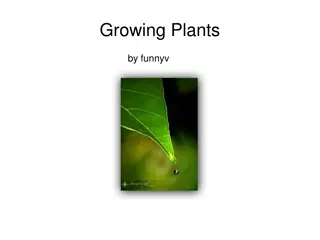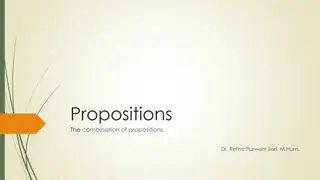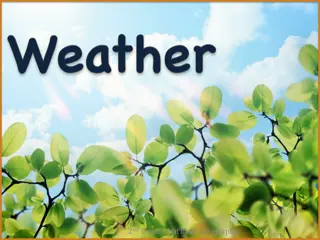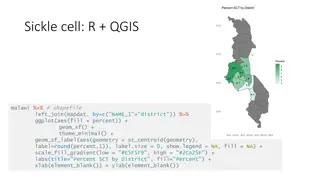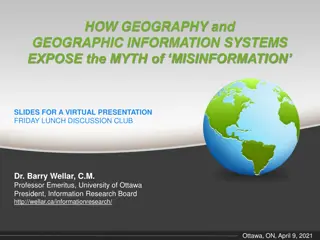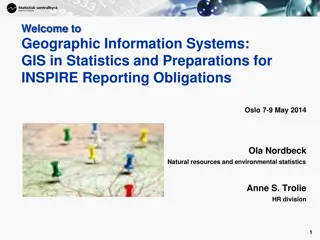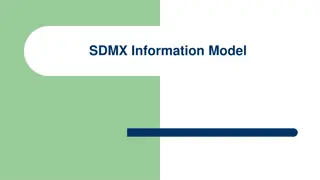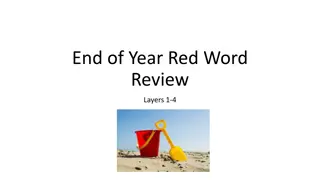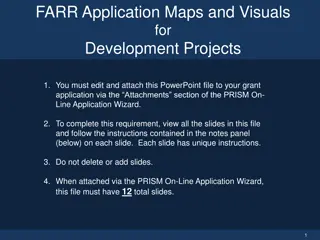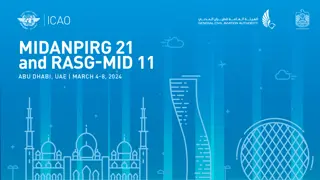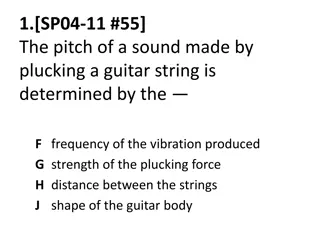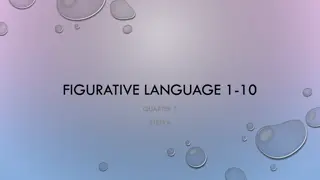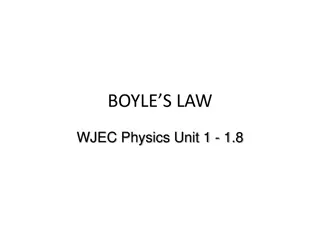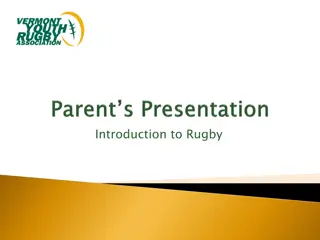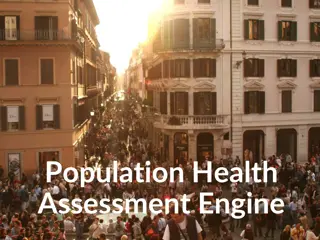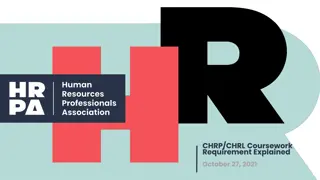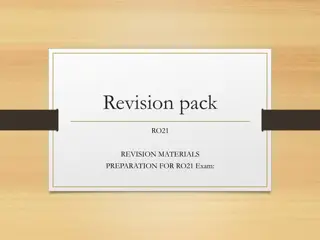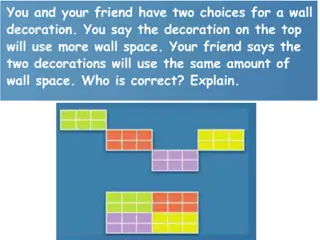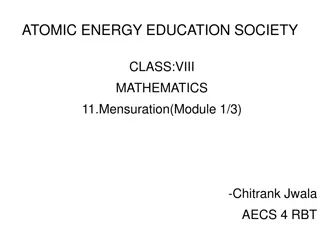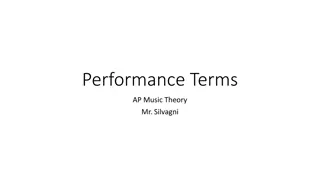Geographic Concepts Explained with Visuals
Explore various geographic concepts such as time zones, latitude, albedo, environmental spheres, and interactions between spheres through informative images and descriptions. Topics include longitude measurements, Tropic of Cancer location, hemispheres identification, time zone differences, environmental examples like Diamond Head crater, albedo effects on surface temperature, interactions between spheres like UV light attracting bees, and cooling of lava rock. Understand feedback loops and how changes in variables influence natural systems.
Download Presentation

Please find below an Image/Link to download the presentation.
The content on the website is provided AS IS for your information and personal use only. It may not be sold, licensed, or shared on other websites without obtaining consent from the author. Download presentation by click this link. If you encounter any issues during the download, it is possible that the publisher has removed the file from their server.
E N D
Presentation Transcript
Begin Begin
Time and Location 1 2 3 4 5 The Spheres 1 2 3 4 5 Maps 1 2 3 4 5 Wind 1 2 3 4 5 Water 1 2 3 4 5 Rocks 1 2 3 4 5
How many degrees of longitude wide is one time zone?
Where is the Tropic of Cancer? (give latitude number and hemisphere)
If you start at 12 S, 12 W and then move 23 northward and 31 westward, what hemispheres are you in (N or S and E or W)?
If it is noon (12) at Greenwich, England when it is 10 AM at my location, what is my longitude? Give the number and hemisphere (E or W).
Manila is 6 time zones west of Honolulu. At 4 pm Friday in Honolulu, what is the time and day in Manila?
Diamond Head crater is an example of which environmental sphere?
The albedo of surface A is 10%. The albedo of surface B is 30%. All else begin equal, which surface would be hotter on a sunny day?
Reflected UV light attracts bees to flowers. This is an example of an interaction between which 2 spheres?
Pouring 30C water on 30 C lava rock would cause the lava rock to cool. Why?
In a feedback loop, more rain causes less butterflies, more erosion, and less clouds. To complete the feedback loop, further changes must affect which one of these variables?
Why is a backsight used when making a pace and compass map?
A compass heading of southwest is approximately what azimuth?
Of the 5 labeled isohyets (F, G, H, I, and J), which 2 are correctly drawn?
On the isotherm map (in C) below, which compass direction (N, S, E, or W) will heat flow from point A?
Using the scale and distance shown on the map, what is the approximate width of the Maui- Lanai channel in kilometers?
A north wind blows from which direction?
If you were floating on the ocean at 15 north latitude under average wind conditions, which direction would you be moving?
If isobars moved closer together, all else being equal, how would that affect the wind?
Why are cloud tops in Hawaii typically about 6000 feet (1800 m) altitude and not higher?
What is the approximate wind direction at A?
On Mauna Kea, where is the least annual rainfall: sea level, 3000 feet, saddle (6000 feet) or top of the mountain?
Which is higher: relative humidity in the daytime or in the nighttime?
If the vapor pressure is 6 mb, the saturation vapor pressure is 12 mb, and the dew point is 24 C, what is the relative humidity?
Which is always highest: wet bulb, dry bulb, or dew point temperature?
Air at 30 C has a vapor pressure of 20 mb, saturation vapor pressure of 44 mb, and a relative humidity of 45%. The air cools to 17 C, where the relative humidity becomes 100%. What is the dew point temperature?
What are the hardest and softest minerals on the Mohs hardness scale?
Put the following islands or seamounts in order from youngest to oldest: Maui, Meiji seamount, Loihi, Kauai.
If an island moves 3000 kilometers in 10 million years, how fast is it moving in centimeters per year?
Category: Heat Make your wager
In the diagram: below the surface, does heat flow downward into the soil, or upward toward the surface?





